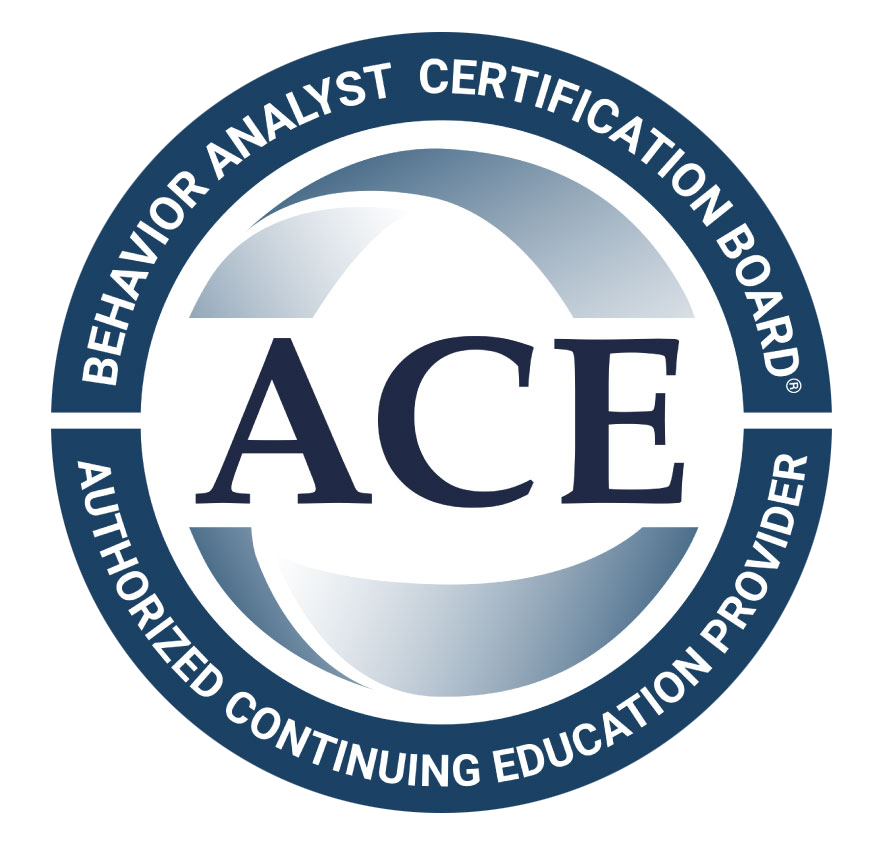As an ABA therapist, one question I hear quite often from parents is: “Is ABA therapy still helpful if my child only has mild autism?” And I get it—if your child is high-functioning or doesn’t show the more visible signs of autism, it’s natural to wonder whether structured therapy is necessary or even effective.
In my experience, the answer is a confident yes—with the right approach. ABA (Applied Behavior Analysis) isn’t just about addressing challenging behaviors. It’s about building skills, encouraging independence, and helping children—no matter where they fall on the spectrum—thrive in their own unique way.
Let’s explore how ABA supports children with mild autism and why it might be the missing piece in your child’s developmental journey.
Key Benefits of ABA Therapy for Mild Autism
Even though
children with mild autism may not experience the same degree of daily challenges as others on the spectrum, they can still struggle with things like social interaction, flexible thinking, and emotional regulation. ABA therapy helps address these areas with targeted, individualized strategies.
Enhancing Communication Skills
A child with mild autism might speak fluently, but still struggle with how to have a conversation—how to take turns, read body language, or understand sarcasm. These are known as pragmatic language skills, and they’re essential for successful social interaction.
In ABA, we break these abstract skills down into teachable steps. I often use role-play, visuals, or video modeling to help kids learn when to ask questions, how to read someone’s tone of voice, or how to politely join a group activity. It’s incredible how small shifts in communication can build so much confidence.
Promoting Positive Behavior
Sometimes, even subtle behaviors—like needing things to go a certain way or difficulty transitioning from one activity to another—can create tension in daily routines. ABA doesn’t just address “problem” behavior; it looks at why the behavior is happening and what we can teach instead.
I work with children to help them recognize triggers, learn emotional regulation strategies, and use more appropriate ways to communicate their needs. We do this through reinforcement, visual cues, and consistent practice until those new behaviors become second nature.
Increasing Social Interactions
Social situations can feel like decoding a secret language for some kids. They may want friends, but miss cues or feel overwhelmed in groups.
That’s where ABA steps in with tools like social stories, modeling, and structured peer interaction practice. We work on everything from introducing oneself, to understanding tone, to recognizing when someone wants to end a conversation—all in a safe, supportive setting.
When I see a child go from hovering on the edges of a group to confidently joining in, I know the process is working.
How ABA Therapy is Adapted for Mild Autism
One of the things I love most about ABA is how adaptable it is. No two kids with mild autism are the same—and their therapy plans shouldn’t be either.
Customizing Intervention Strategies
Every child I work with gets a plan built just for them. We look at their strengths, challenges, and goals—whether that’s improving social skills, managing anxiety, or becoming more independent with self-care.
I always involve parents and caregivers in this process. After all, no one knows your child better than you do. We talk about what’s working at home, what’s challenging, and what you’d like to see improve. Then, I tailor the strategies to reflect your child’s world.
Importance of Early and Accurate Assessment
Early identification makes a big difference, especially with mild autism. The sooner we can identify subtle delays or challenges, the sooner we can start helping your child develop new skills.
Through detailed assessments and observations, we determine what your child needs right now—and what we can proactively support before it becomes a bigger struggle.
Benefits of Early Intervention Include:
- Stronger communication skills
- Better social confidence
- Reduced
behavioral challenges
- More independence in daily living
- Improved
emotional regulation
- Enhanced school readiness and learning
Challenges in ABA Therapy for Mild Autism
As with anything, ABA therapy for mild autism isn’t without its challenges. But knowing what to expect can help us address issues early and build a smoother, more successful experience.
Identifying Subtle Behavioral Patterns
Mild autism symptoms can be easy to miss or misread. Maybe your child avoids eye contact, struggles to share, or has intense interests—but it’s not causing major disruptions. Still, these small patterns can impact social development if left unaddressed.
As a therapist, I look beyond the surface. I observe your child closely, gather input from teachers and family members, and analyze data over time. It’s in those subtle observations that we find the moments to grow from.
Balancing Therapy With Daily Life
One of the biggest concerns parents share is: “How do I fit therapy into our already full lives?” The good news is, ABA doesn’t have to feel like a separate task. In fact, I encourage families to blend it into everyday routines—morning prep, homework time, meals, and play.
By coaching parents on how to reinforce strategies at home, we help kids generalize skills from therapy into real-life situations. That’s where the real magic happens—when they start applying what they’ve learned without even realizing it.
Parental Involvement in ABA Therapy
As a parent, your role in ABA therapy is huge. The truth is, I might spend a few hours a week with your child—but you’re with them every day. That’s why I always say: You are your child’s best therapist.
Role of Parents in Reinforcing Outcomes
The best outcomes happen when parents are part of the process. Whether it’s sitting in on a session, practicing a strategy at the park, or celebrating a milestone, your involvement helps therapy stick.
I often coach parents on how to reinforce new skills at home, how to respond to certain behaviors, and how to build independence into daily routines. We’re a team, and your insight helps me personalize your child’s plan even more.
Strategies for Parents to Use at Home
Here are a few simple, but powerful tools I often recommend:
- Visual Schedules – Help reduce anxiety and prep your child for what’s next.
- Positive Reinforcement – Catch them doing the right thing and celebrate it!
- Consistent Routines – Predictability builds confidence and reduces meltdowns.
I love watching families gain confidence in using ABA principles at home. It’s empowering to know you’re helping shape your child’s growth every single day.
Conclusion
So—is ABA effective for mild autism? In my experience, absolutely. With the right goals, a personalized plan, and strong family involvement, ABA can make a real difference in helping children with mild autism thrive socially, emotionally, and academically.
From building stronger communication to navigating friendships to gaining confidence in new situations—ABA is a powerful tool. And when it’s paired with patience, early intervention, and teamwork between therapists and families, the possibilities are truly exciting.
If you’re wondering whether ABA is the right fit for your child with mild autism, Connect n Care ABA is here to help. We support families across North Carolina and Virginia with personalized ABA therapy plans that meet each child exactly where they are—whether they need help with social skills, independence, or confidence.
Our compassionate therapists are ready to guide your family every step of the way. Reach out today to schedule a free consultation—and see how ABA can help your child with mild autism thrive.
FAQs
Is ABA therapy necessary for children with mild autism?
While not always "necessary," ABA can provide targeted support in social skills, emotional regulation, and independence that significantly benefit mild cases.
How is ABA different for mild autism versus more severe cases?
For mild autism, ABA typically focuses on social-pragmatic communication, flexible thinking, and reducing subtle behavioral patterns, rather than intensive behavior reduction.
Can my child with mild autism benefit from ABA even if they’re verbal and high-functioning?
Yes! ABA is often tailored to help verbal children with conversational skills, peer interaction, anxiety management, and executive functioning.
Sources:
- https://www.cdc.gov/autism/signs-symptoms/index.html
- https://www.autismspeaks.org/levels-of-autism
- https://www.research.chop.edu/car-autism-roadmap/diagnostic-criteria-for-autism-spectrum-disorder-in-the-dsm-5
- https://depts.washington.edu/dbpeds/Screening%20Tools/DSM-5%28ASD.Guidelines%29Feb2013.pdf
- https://pmc.ncbi.nlm.nih.gov/articles/PMC9458805/









